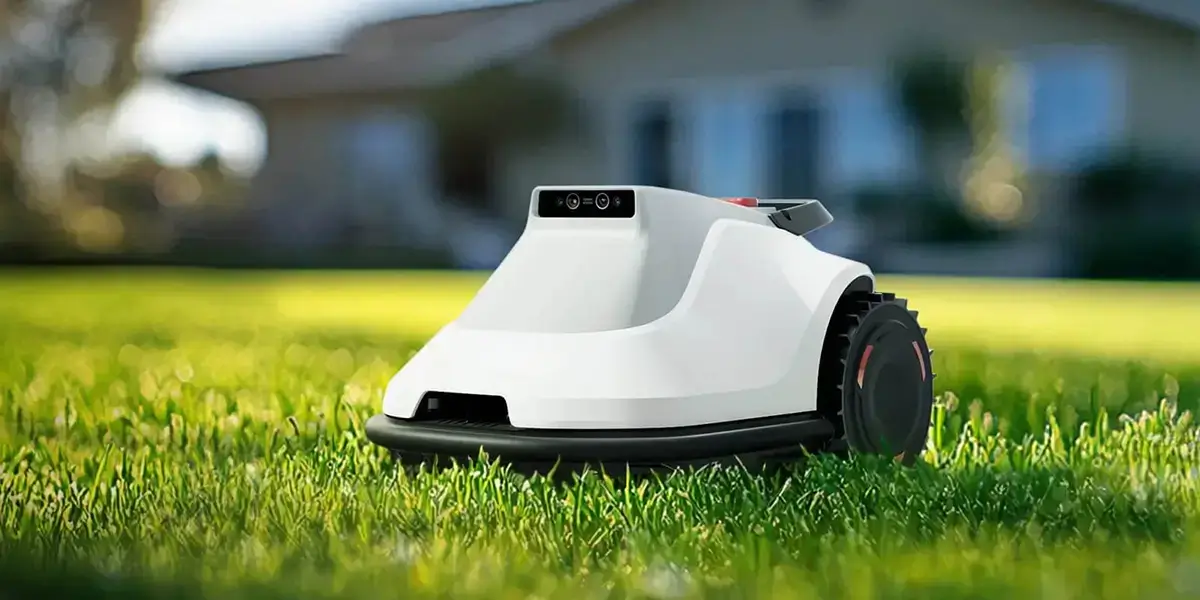In the realm of modern machinery and industrial automation, the humble electric motor stands as a cornerstone of efficiency and innovation. Among the myriad variations, the 240V electric motor with a reduction gearbox emerges as a particularly versatile and reliable solution—one that seamlessly blends raw power with meticulous control. Its widespread adoption across industries underscores its significance, from manufacturing plants to robotics laboratories, and even in renewable energy installations.

The Power of 240V:
The choice of operating voltage is fundamental to an electric motor’s performance. The 240V standard, prevalent especially in North American and European electrical systems, offers a sweet spot—delivering sufficient power while maintaining safety and energy efficiency. A 240V electric motor is well-suited for applications demanding robust torque and consistent performance without excessive energy consumption. Its design allows for a streamlined integration into existing electrical systems, reducing the need for complex voltage transformations or additional components.
These motors are often built with durable materials, ensuring longevity even under demanding operational conditions. Their capability to operate at high efficiency levels makes them the backbone of many industrial processes, from conveyor belts and lifting devices to pumps and mixers.
The Role of the Reduction Gearbox:
While electric motors provide the necessary power, their raw rotational speed and torque are often beyond what specific applications require. This is where the reduction gearbox becomes invaluable. A reduction gearbox is essentially a mechanical device that reduces the high rotational speed of the motor to a lower, more manageable speed, while simultaneously increasing the torque output.
Imagine trying to turn a heavy valve with a fast-spinning motor—it’s inefficient and potentially damaging. A reduction gearbox moderates this, providing a controlled, smooth rotational force that is perfect for precise applications where speed needs to be carefully managed. By reducing the RPM (revolutions per minute), these gearboxes enhance control, reduce wear and tear on connected components, and improve overall system longevity.
Efficiency Through Integration:
The combination of a 240V motor and reduction gearbox is a masterstroke in engineering design, offering a compact yet powerful solution. This setup is highly adaptable, capable of being integrated into various machinery to optimize performance. Industries such as agriculture, manufacturing, and automation rely heavily on these gearmotors to deliver consistent results.
Moreover, these systems are not just about brute force—they're engineered for energy efficiency. Precision manufacturing guarantees minimal power loss, ensuring that energy is precisely directed where it’s needed most. This synergy contributes to lower operational costs and a greener footprint, aligning with sustainable industrial practices.
Applications at a Glance:
You'll find 240V electric motors with reduction gearboxes at work in numerous settings. They power robotic arms for assembly lines, drive conveyor systems in warehouses, or operate large valve mechanisms in water treatment plants. Their customizability makes them ideal for specialized tasks, whether it’s delicate adjustments or heavy-duty performance.
In the automotive industry, for instance, they play a crucial role in electric vehicle components, especially where torque conversion and speed regulation are needed. Similarly, in renewable energy sectors, these gearmotors help optimize the performance of wind turbines and solar tracking systems—making sure they work efficiently across different environmental conditions.
Looking Ahead:
As technology advances, so does the potential of 240V electric motors with reduction gearboxes. Manufacturers are innovating with smarter, more efficient gearboxes, incorporating features like automatic lubrication, modular designs, and real-time monitoring systems. These improvements not only extend lifespan but also allow for predictive maintenance, reducing costly downtime.
The future also holds promising developments in materials and motor designs—compact, lightweight, and highly energy-efficient models that do not compromise on power. Integration with digital control systems is making these gearmotors even more versatile, offering remote monitoring and programmable speeds that respond dynamically to operational needs.
Conclusion of
The 240V electric motor with reduction gearbox isn't just a component—it's a symbol of engineering excellence, embodying the perfect balance of power, control, and adaptability. It serves as an essential element in countless applications, transforming industrial workflows and enabling innovations that push the boundaries of what's possible.
In the next part, we'll delve deeper into specific case studies illustrating real-world applications, explore the selection process for choosing the right gearmotor for your needs, and examine the latest technological innovations shaping the future of this versatile equipment.
Kpower has delivered professional drive system solutions to over 500 enterprise clients globally with products covering various fields such as Smart Home Systems, Automatic Electronics, Robotics, Precision Agriculture, Drones, and Industrial Automation.




































